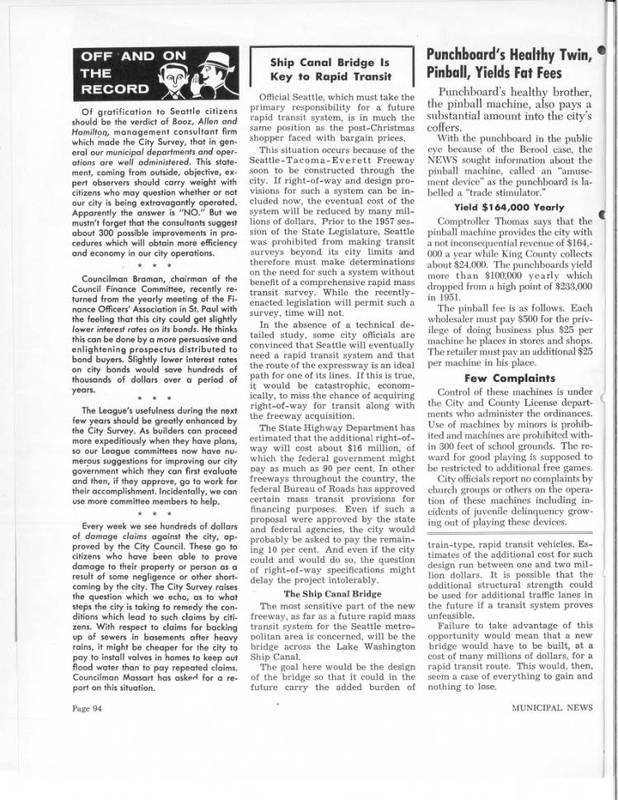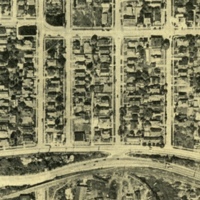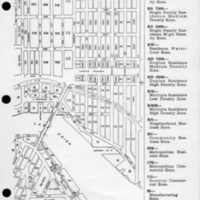Site Report #3: The Audio Tour
Block 25 is located in a historically residential area of the U-District. It was zoned as “multiple residence, high density, variable height” since the at least the 1960s. Before it was settled, the block was part of a forest that stretched to the shore. Today the block features both large multi-story apartments as well as smaller older houses. The larger apartment buildings are mostly studios intended for younger people like students. The houses were built in an era of urban and suburban expansion and were most likely intended for larger families.
The largest disruption to the neighborhood, and this block in particular, happened during the 50s when the Interstate project moved up into Seattle from California. The new freeway would cut directly through the city and feature a new bridge crossing Lake Union. One of the first of it's kind, the Ship Canal Bridge was a double-decker design and was finally finished in 1961. It featured a lower express lane that switched direction during the day. One of the entrances cuts directly through my block. Comparing aerial maps of the region from 1936, at least 10 houses were demolished in this block alone. By many accounts, the construction of the I-5 and Ship Canal bridge both took a long time and were very disruptive to the city.
However, the new construction was viewed relatively favorably by many. The freeway would relieve much of the traffic that resulted from the increasing number of cars on the road. The new crossing of the Lake Union canal would be especially helpful. In fact, a newspaper argued that the bridge should be made strong and large enough to support a new transit system if the city desired or to expand the number of lanes (Municipal news, 1957). This showed how important fast and efficient transportation was to a city. The sacrifices are still visible today. Most of the newer and larger buildings are congregated farthest away from the I-5 and the land nearest the entrance remains empty, unwanted, and owned by the Department of Transportation. However the many benefits of such a reordering far outweigh these costs.
https://drive.google.com/open?id=0B3Bp0vbp0ySHVWVYaV8zYmFveTQ





